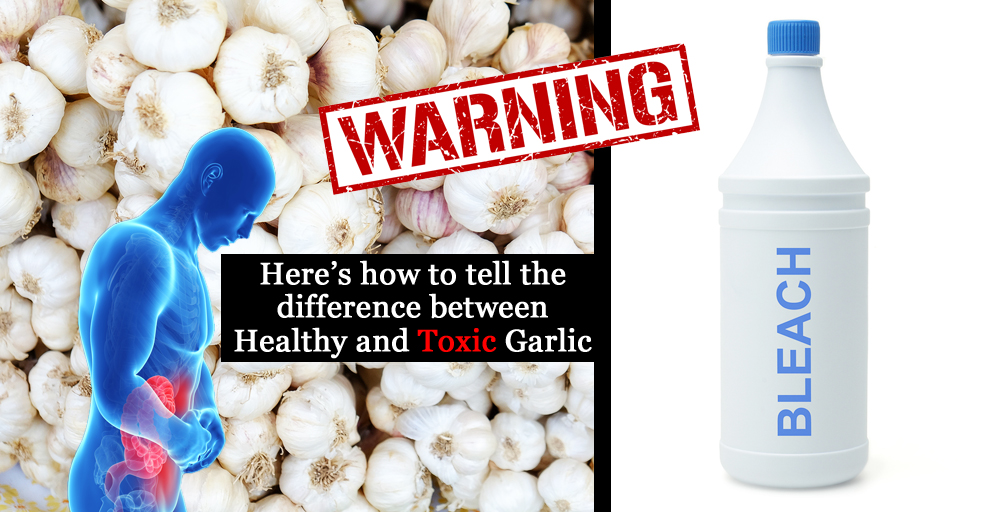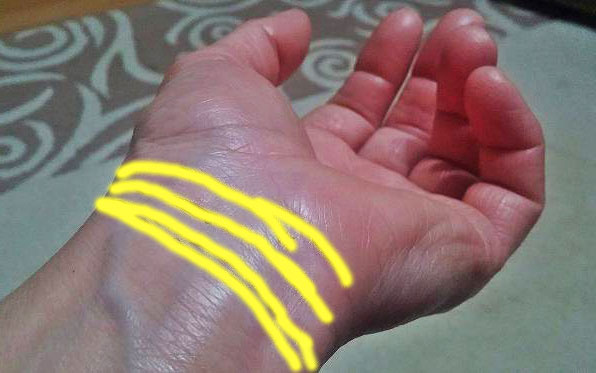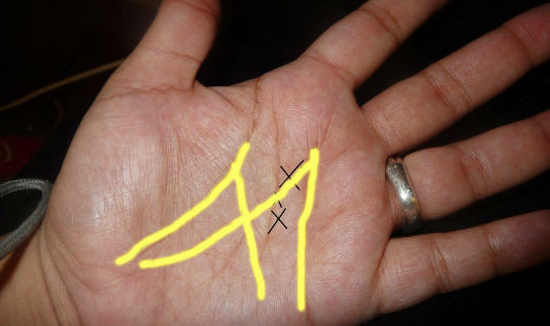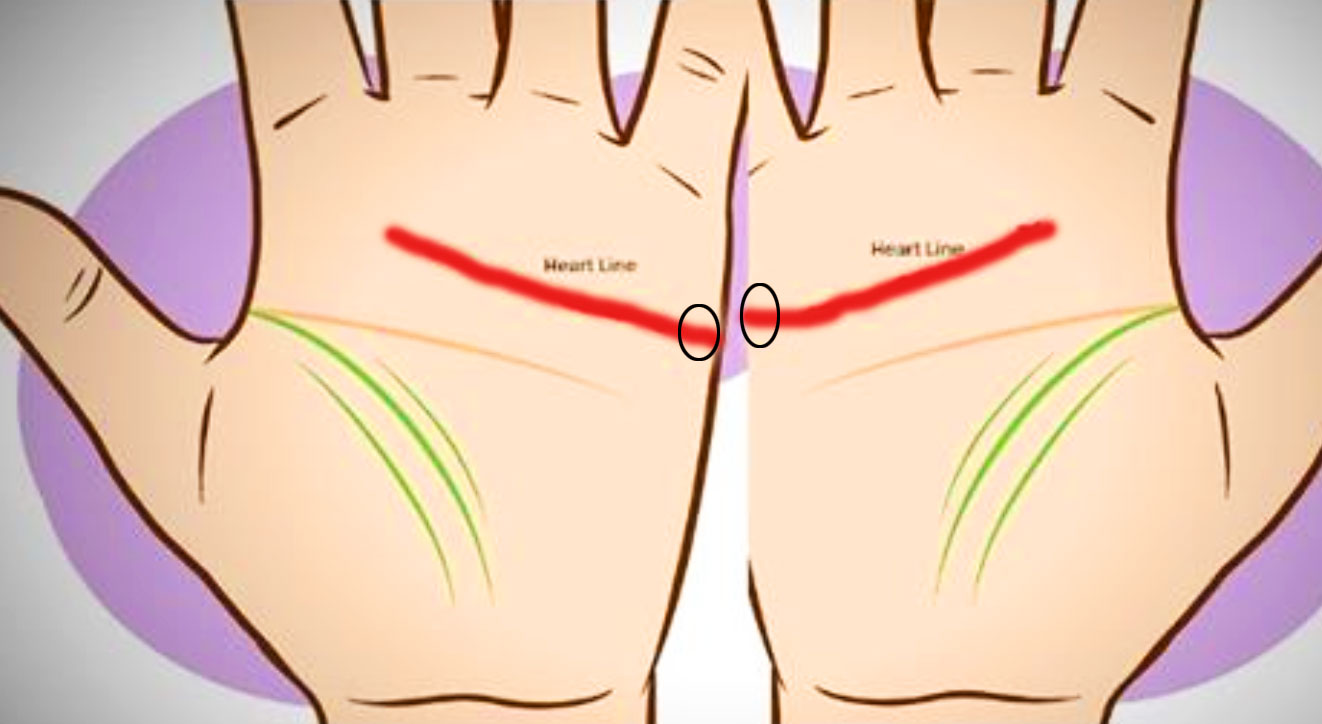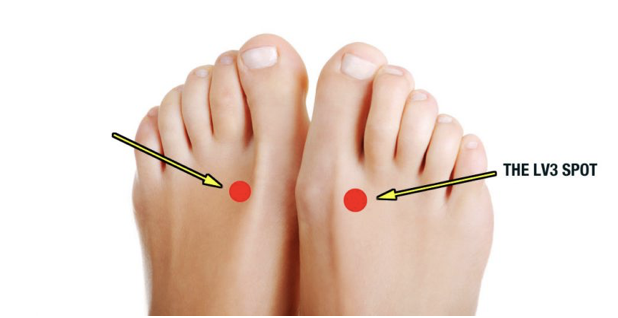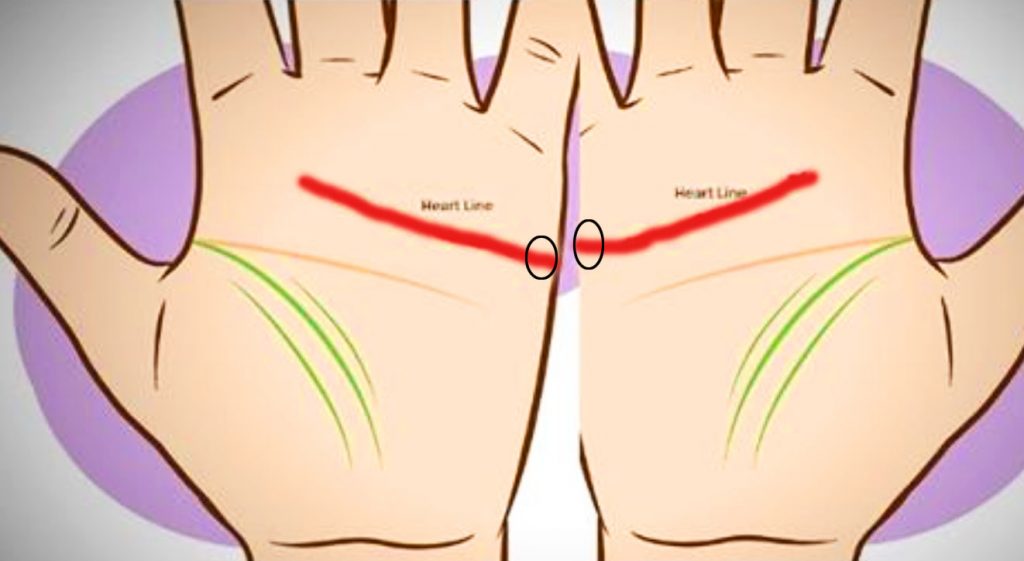Garlic is one of the most widely used vegetables in the world. The pungent bulbs are quite versatile and can be eaten raw or cooked but most people use it to season dishes and add extra flavor to food. The hearty taste isn’t the only reason why we use so much of it, garlic is also regarded as a powerhouse of a food that can help keep us healthy. A few cloves can provide our bodies with numerous health benefits when eaten and ingested or used as a topical solution. However, the taste and health benefits are completely lost if you are using Chinese garlic.
Chinese garlic is becoming increasingly common across the world and it’s definitely something you will want to avoid at all costs. In the US alone some 60% of all garlic sold in stores was shipped over from China and locally or domestic grown varieties are becoming harder to find since they’re being replaced by it. In order to protect both yourself and your family, you need to know how to spot garlic that was grown in the United States versus garlic grown in China.
But first, what makes Chinese garlic so bad in the first place, and totally disgusting, is a number of things. Many of the following factors revolve around the fact that China lacks the high levels and standards of health and safety oversights that are in place in America. This means Chinese farmers and producers can get away with a lot of horrible, dangerous things and they have been found to cut every corner imaginable in order to keep costs low.
To start with, the soil that Chinese garlic bulbs are grown in is often contaminated with extremely toxic heavy metals. Arsenic, lead, cadmium, and many more kinds have been found in such high levels that the garlic itself even tastes metallic. In addition the heavy metals, some garlic growers use raw, untreated, bacteria infested human sewage as fertilizer for their garlic. That alone should make you want to vomit. They also spray a potent cocktail of chemical fertilizers and illegal pesticides all over their crops. Many of these are outright banned in the US and are known to cause cancer or other ill health effects.
Once garlic is ripped up out of the toxic sludge that it was grown in, it’s then bleached with chlorine. Bleaching helps to not only whiten the bulbs, it also stops them from sprouting, removes dirt stains, and kills off insects. The garlic is then further fumigated with heavy doses of methyl bromide to kill off any remaining bugs. Methyl bromide is an extremely toxic and hazardous chemical pesticide which, according to the UN, is 60 times more dangerous and damaging than chlorine. Human exposure to it can lead to central nervous system damage, respiratory harm, and in some cases even death.
All the above has led to Chinese garlic that is making people sick and harming anyone’s health who eats it. You don’t have to completely forgo all garlic in order to avoid the nasty Chinese kind because thankfully there are several ways to spot it and thus avoid it. The following factors are what to look for:
Roots: American grown garlic will almost always have the roots still attached and hanging off at the bottom of the bulb. In comparison, all Chinese grown garlic sold in the US must have the roots completely removed. This is necessary in order to meet agricultural import regulations which are in place to help prevent the spread of agricultural pathogens from other countries. Since all-American grown garlic isn’t subject to this rule, the roots stay attached!
Weight: Chinese garlic weighs less than the American grown kind mainly to save money on the costs of shipping. It’s also noticeably lighter because it has a higher water content. According to the accompanying video American garlic is on average 42% solid whereas Chinese is 37% solid. This makes domestic grown garlic heavier and firmer to the touch.
Firmness: As mentioned right above, US garlic is a lot more solid and firm because it contains less water. Chinese garlic tends to feel soft and mushy. A good rule of thumb to follow is that the mushier a bulb of garlic seems to be, the more likely it hails from China.
Flavor: According to a number of people, including professional chefs, Chinese garlic is less flavorful than American grown garlic and it has a slightly metallic taste to it. Perhaps that’s because it’s grown in soil polluted by toxic heavy metals. Either way, US garlic is richer, bolder, and tastier overall.
Please SHARE This With Family and Friends

